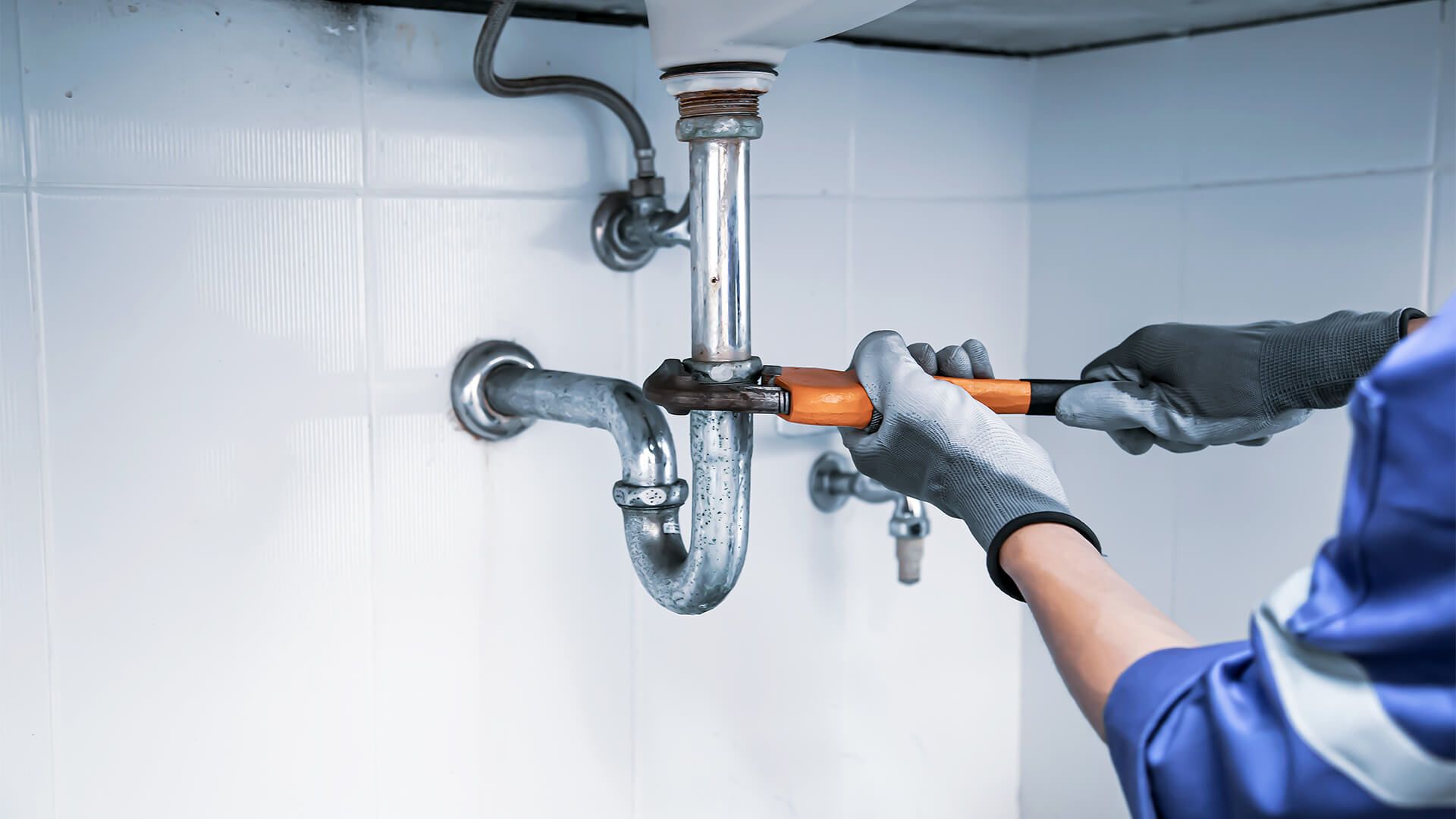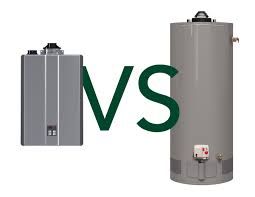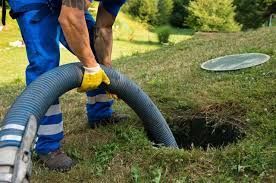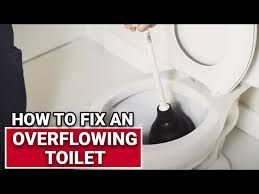The Role of Expansion Tanks in Modern Plumbing Systems
Modern plumbing systems are intricate networks designed to meet the water demands of our homes and businesses efficiently. One critical yet often overlooked component in these systems is the expansion tank. Whether you’re new to plumbing maintenance or a seasoned property owner, understanding the role of an expansion tank can significantly impact the longevity and performance of your system.
Expansion tanks are designed to handle the pressure fluctuations caused by the heating and cooling of water in closed plumbing systems. Without this crucial component, your system could face issues ranging from pipe damage to the failure of appliances like water heaters.
Why Are Expansion Tanks Important in Modern Plumbing?
As water heats, it expands—a natural property of liquids. In closed plumbing systems, this expansion increases pressure, as there’s no way for the excess water volume to escape. Expansion tanks mitigate this issue by providing a safe space for the extra water to go, preventing undue stress on pipes and appliances.
Without an expansion tank, the increased pressure can lead to leaks, burst pipes, and even damage to your water heater. Installing this simple device ensures system stability and prolongs the life of your plumbing infrastructure.
How Does an Expansion Tank Work?
An expansion tank is a cylindrical device typically installed near your water heater. It consists of:
- Two Chambers: One for water and one for air.
- A Rubber Bladder or Diaphragm: This separates the water from the air and compresses as water pressure increases.
- An Air Valve: To adjust the internal air pressure.
Here’s how it works:
- When water heats and expands, the excess water flows into the tank.
- The rubber bladder compresses, absorbing the pressure.
- As the water cools and contracts, the bladder releases the water back into the system, maintaining consistent pressure.
Benefits of Using Expansion Tanks in Plumbing Systems
1. Prevents Pressure-Related Damage
By absorbing excess water pressure, expansion tanks protect pipes, joints, and fixtures from stress that could lead to leaks or breaks.
2. Extends Appliance Lifespan
Appliances like water heaters and boilers are particularly vulnerable to pressure fluctuations. An expansion tank ensures these appliances operate within safe pressure levels, reducing wear and tear.
3. Improves System Efficiency
Stable pressure levels ensure water flows smoothly through your system, reducing the likelihood of blockages or inconsistent water supply.
4. Complies with Plumbing Codes
In many areas, local building codes mandate the installation of expansion tanks in closed systems. Adhering to these codes not only ensures safety but also avoids potential fines.
- Did You Know? Thermal expansion can increase water pressure by up to 150 psi, far exceeding the standard operating pressure of most plumbing systems, which is typically between 40–80 psi.
- According to the Plumbing Manufacturers Institute, expansion tanks can reduce maintenance costs for water heaters by as much as 50% over their lifespan.
When Do You Need an Expansion Tank?
1. Closed Plumbing Systems
If your home or business has a closed plumbing system (one with a backflow preventer or check valve), an expansion tank is essential. These systems don’t allow water to flow back into the municipal supply, meaning pressure has nowhere to go.
2. High Water Temperatures
If your water heater operates at higher temperatures, the risk of pressure buildup increases, making an expansion tank even more crucial.
3. Frequent Appliance Issues
If you notice leaks, unusual noises, or frequent repairs with your water heater, it could be a sign of pressure problems that an expansion tank can resolve.
| Type | Best For | Features |
|---|---|---|
| Standard Expansion Tank | Residential systems | Simple design, effective for smaller setups |
| Diaphragm Expansion Tank | High-pressure systems | Durable diaphragm for better pressure handling |
| Commercial Expansion Tank | Industrial or large-scale systems | Higher capacity and reinforced construction |
Installation and Maintenance Tips
1. Proper Sizing is Crucial
The size of your expansion tank must match the capacity of your water heater and the needs of your plumbing system. Installing an undersized tank won’t effectively manage pressure, while an oversized tank may be unnecessarily costly.
2. Regular Inspections
Check your expansion tank every 6–12 months. Look for signs of wear, leaks, or a loss of air pressure.
3. Adjust Air Pressure
The air pressure in your expansion tank should match your water supply pressure, typically around 40–60 psi. Use a pressure gauge to check and adjust it as needed.
Risks of Not Using an Expansion Tank
Ignoring the need for an expansion tank can have serious consequences:
- Pipe Damage: High pressure can lead to cracks or bursts, requiring costly repairs.
- Appliance Failures: Water heaters and boilers may fail prematurely due to constant pressure fluctuations.
- Higher Water Bills: Leaks caused by pressure issues can increase your water consumption.
What the Experts Say
Plumbing experts agree that an expansion tank is one of the most cost-effective ways to protect your plumbing system. According to John Taylor, a certified master plumber:
“Adding an expansion tank to your system is like installing a shock absorber for your plumbing. It prevents sudden pressure spikes that could cause catastrophic damage.”
DIY vs. Professional Installation
While installing an expansion tank can be a DIY project for experienced homeowners, it’s often best to consult a professional plumber. Incorrect installation can result in:
- Pressure Imbalances: Leading to system inefficiency.
- Code Violations: If not installed according to local regulations.
- Warranty Issues: Some water heater warranties require professional installation of components like expansion tanks.
- Learn more about how to test your expansion tank’s functionality.
- Discover the lifespan of an expansion tank and when to replace it.
- Check out common expansion tank troubleshooting tips for more solutions.
Conclusion
The expansion tank is a small but vital component in modern plumbing systems. By managing pressure fluctuations, it ensures the safety, efficiency, and longevity of your system. Whether you’re upgrading your plumbing or addressing existing issues, investing in an expansion tank can save you from costly repairs and enhance your system's performance.
For professional guidance on selecting and installing the right expansion tank, consult a licensed plumber to ensure your home or business remains safe and efficient for years to come.







